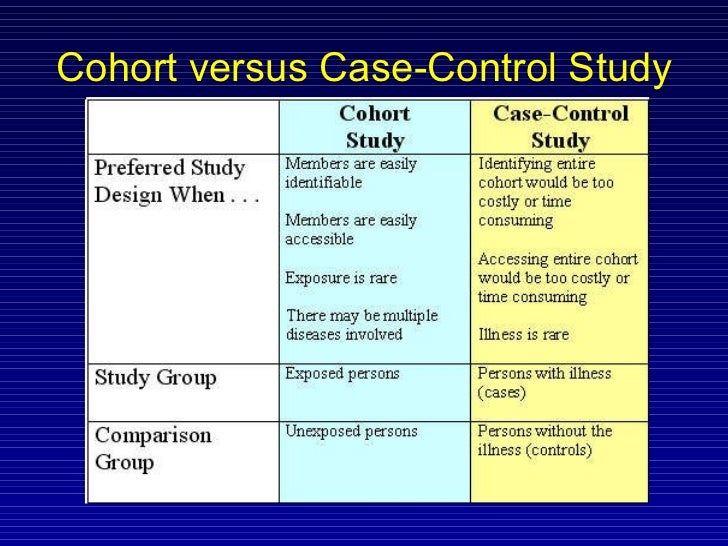
This difficulty can arise even in the most seasoned hands, frustrating both the clinician and the patient. Īlthough Niti instruments are believed to be more flexible, the introduction of Niti alloys has not resulted in a lower incidence of instrument fracture, with stainless steel separation rates ranging from 0.25 percent to 6%. Excessive torque causes most stainless steel instruments to fail, and torsional stress and cyclic loads cause Niti rotary files to fracture. Tooth, separated instrument, operator, and patient are just a few of the factors that can cause an instrument fracture. Instrument fracture in endodontics is a common and troublesome occurrence that can hinder sufficient root canal cleaning and shaping and have a negative impact on the endodontic treatment prognosis. Instrument separation, Type of instrument, Fracture. Conclusion: Within the limitations of the current study, it is found that instrument separation is more common among 30- 40 years of age with equal gender predilection, and higher incidence with canines. The significance of this study was set at p0.05, not significant.
#Types of retrospective studies software#
The data was obtained and tabulated in excel, imported to SPSS software by IBM, a statistical software with variables defined. All the instruments fractured / separated during root canal treatment data’s were collected.The sample size of the study was found to be n=40. Materials and Methods: The current study is a descriptive study which is performed under university settings where the instrument retrieved data was collected from the Hospital Records management system at a Private Dental College. Aim: The aim of the current study is to find the most common type of instrument separated during root canal treatment among 10 -70 years of age visiting private Dental College and Hospitals.

When an instrument separates from the canal, the clinician is left in a state of despair, worry, and, finally, optimism that nonsurgical retreatment approaches will aid in the removal of the device. As a result, every effort must be taken to recover the shattered instrument. A different device prevents the root canal system from being completely debrided and sealed. Visit for more related articles at Journal of Clinical Dentistry and Oral Health AbstractĮndodontic instruments becoming separated within the root canal is an undesirable occurrence. Retrospective study on type of instrument separated during root canal treatment- an institutional study. AACDOH-22-52398 Revised: 1, Manuscript No.

AACDOH-22-52398 Editor assigned: 2, PreQC No. Saveetha Institute of Medical and Technical Sciences Research Article - Journal of Clinical Dentistry and Oral Health (2022) Volume 6, Issue 2 Retrospective study on type of instrument separated during root canal treatment-an institutional studyĭepartment of Conservative Dentistry and Endodontics, Saveetha Dental College and Hospitals, Saveetha Institute of Medical and Technical Sciences, Saveetha University, Chennai, India *Corresponding Author: Mahalakshmi Jĭepartment of Conservative Dentistry and Endodontics


 0 kommentar(er)
0 kommentar(er)
